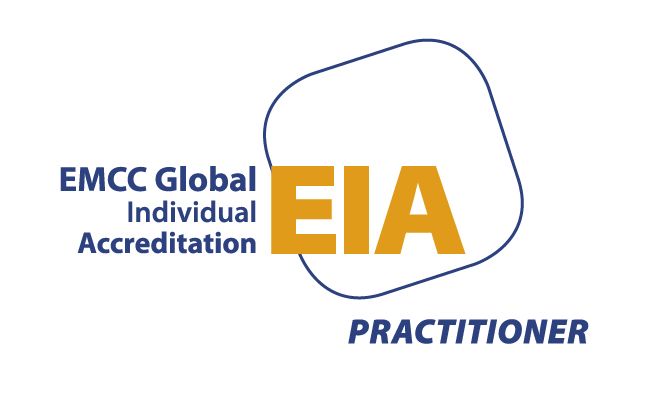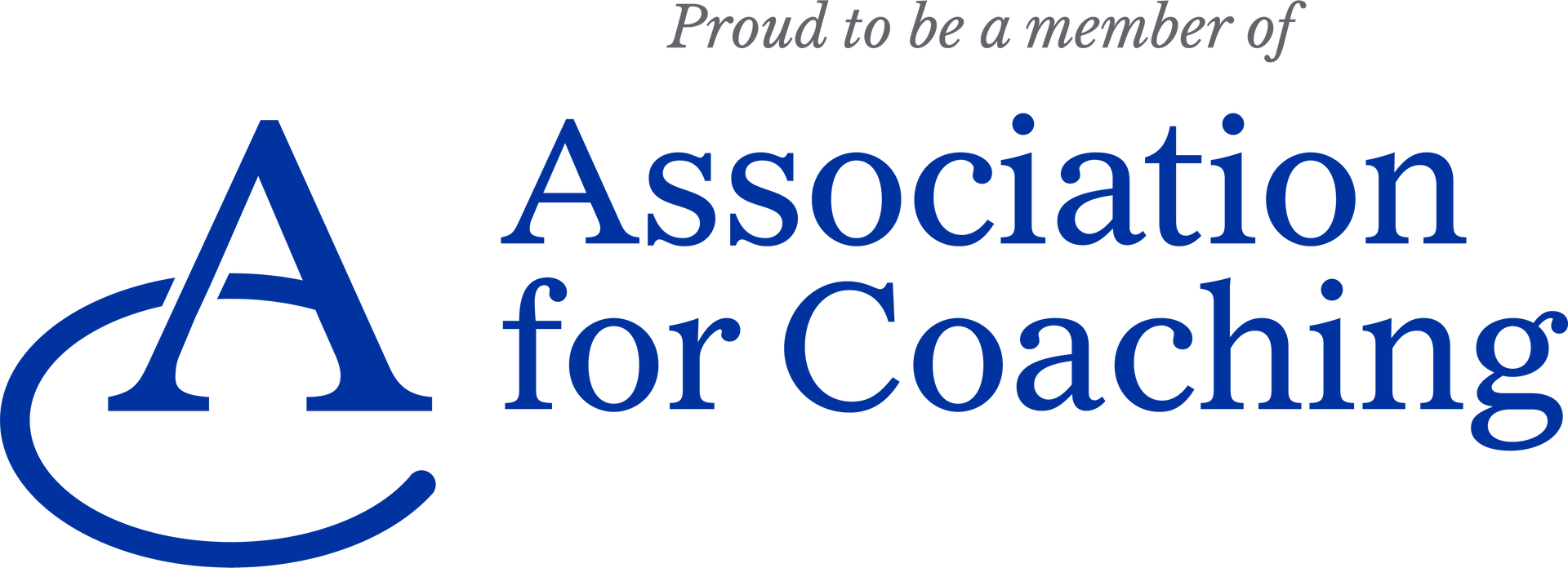How to collaborate successfully
If you are curious about...
- How to collaborate while getting what you want
- What motivates Mid-Lifers
- How you harness the power of People Developers
- Discovering what your key communication voice is and how it affects your leadership ... read on 😊
Subscribe here for future editions and news about Glee Coaching.
How to collaborate while getting what you want.
Last month I learned that getting what you want can be achieved when you collaborate with the right people. No, it doesn't mean just working with the 'yes' people who will not stand up to your crazy suggestions, and who want to please you (for whatever reason).
How do you get what you want with other strong minded individuals in the room?
Top Tips
- Have mutual respect for your collaborators - and I mean real mutual respect not just a tokenistic 'Yeah I respect you' type approach, a genuine deep respect for the whole person you are collaborating with
- Be clear on the purpose of the collaboration - sit down with your collaborators and iron out in SMART terms what your goals for the collaboration is, ie - what you want to get out of the venture.
- Listen. Yes listen. When we are coming up with ideas for a collaboration it is very tempting to jump in with your idea on top of what someone else is saying - in the pretence that you are 'building' on what they have just said. In effect you are not building on what they have said but overriding their idea with your perspective. Let them finish what they are saying!
- Recognise each other's strengths, tell each other what your strengths are from the outset and work to your strengths.
Big shout out to Dave Verburg and Sophie Vyse for being amazing collaborators with me recently to deliver #ThePeopleStation and #MidLifer events.
Mid-Lifers
As part of celebrating IWD Sophie Vyse and I picked up on topic close to many of our clients' hearts - midlife.
I always recommend coming along to one of our midlife events, but just in case you missed it here are a couple of key takeaways
- Midlife myths are there to be busted with aplomb!
- Midlife brings different points of joy and anguish and the ability to share your past, present and future reality and dreams with others in a safe confidential space can bring great joy in the moment and a 'can do' attitude
- Thinking about what you want to get out of the rest of your career can cause some level of anxiety when you realise that you are plateauing, or even worse, in a job that doesn't bring you joy ( nowhere near your 70:30)
- If we want to move towards our future aspirations and dreams we have to be intentional
Interesting session! Feeling inspired to make some time to look at my longer term goals and not just to get through the weeks! Thank you
DM me if you would like to be the first to hear about our next midlife online session.
The power of the people (developers)
Everyone thrives on personal development, yet at times there can be challenges around dedicating the time for personal development. This can be the case for the hard working People Developers in organisations who are focused on developing the people in the business to meet business goals and develop leadership skills and competencies. Their own personal development can slip from the radar.
We all know that healthy happy workforces lead to higher productivity, greater creativity and improved performance so our the mission of The People Station is to empower people developers through skill development, strategic advice and insight and networking.
Great session and perfect timing! We are going through a transformation and aligning our values is crucial. I am going to take this back to the workplace to continue the conversation!
DM me to find out when the next one is. Bring your team to grow together. And a big shout out to Dave Verburg for developing the concept with me.
Your leadership voice
Everyone Speaks. Not Everyone is heard.
Everyone has a leadership voice, whether they know it or not. From the most quiet to the most gregarious, we all have the ability to lead others.
The problem is most people don't know their leadership voice or how to use it. Some don't know what it is, others are insecure in their voice and have been told it is unimportant, and others immaturely overuse their voice and dominate the airwaves.
The 5 Voices is designed to help every individual discover their leadership voice and be empowered to use it effectively.
Can you imagine a team of people who were self-aware, knew how to communicate, and were able to bring their best to the table everyday? What would that do for culture? For productivity? For Profitability? In short, a lot.Teams and whole organisations can be transformed when everyone operates securely in their own voice and learns to value the voices of others.
Take the free assessment here to see what your Leadership voice is.
Get in touch if you would like to dive further into 5 Voices, and find out what your nemesis leadership voice, and how to manage your triggers!
About Glee
Glee is a here to promote workplaces that work for everyone, consumers, clients, leaders, business owners, employees and the community around them.
Our leadership development courses are not quick in quick out tick that box programmes. They are immersive, they require you to be willing to play it forward - not in theory but in practice, and to share your learning journey with others so that everyone benefits from your highs and lows. Using a blend of NLP based learning tools, self-directed study and group work we guarantee that our programme with resonate with you as an individual and as a leader and change habits and behaviours long term.
Take a look at the Glee website, www.gleecoaching.co.uk or email barbra@gleecoaching.com or follow on twitter @growwithglee or instagram @gleecoaching




